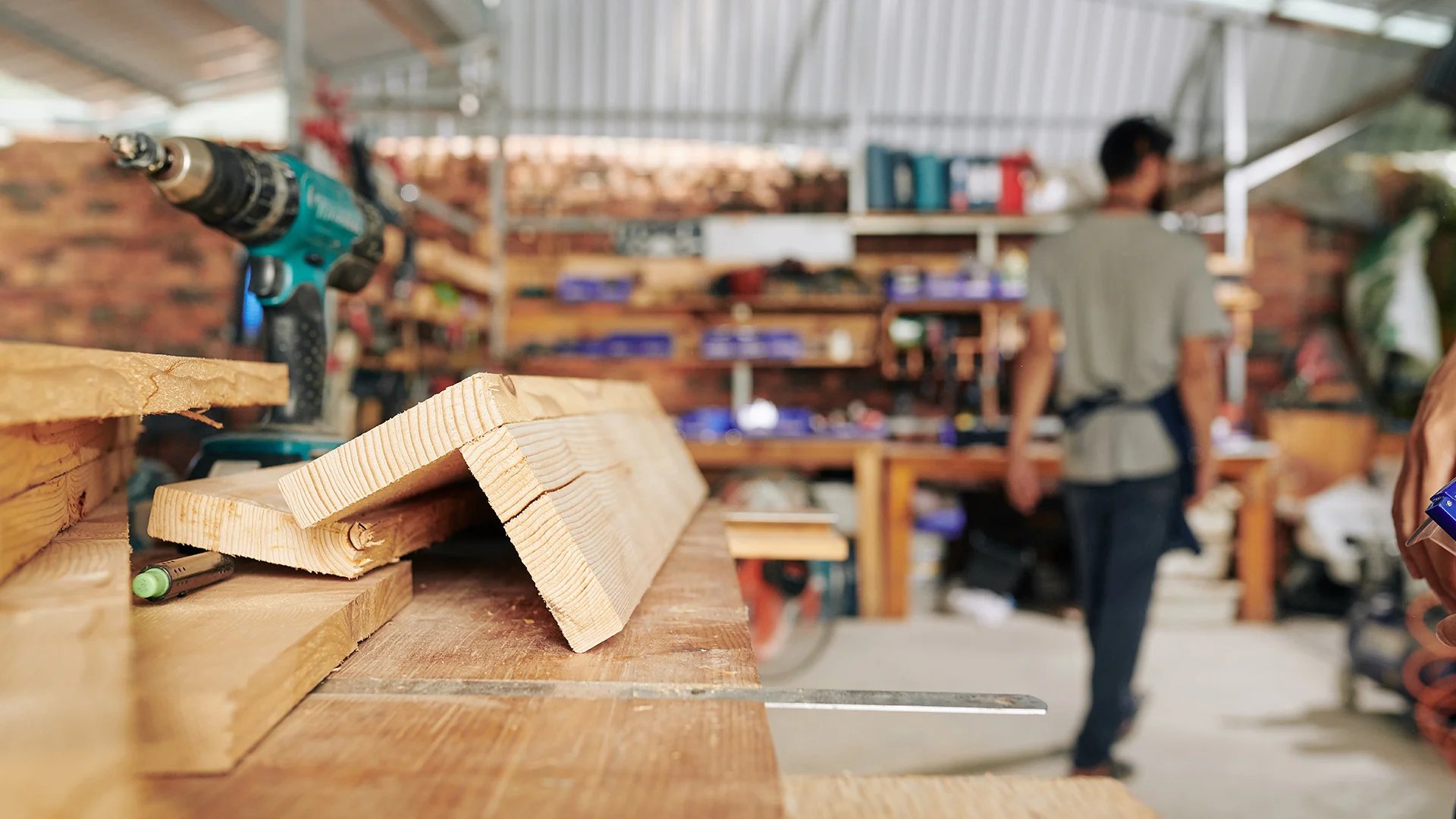
Innovations in Woodworking Technology: What’s New and Next?
The world of woodworking is undergoing a renaissance, blending traditional craftsmanship with cutting-edge technology. This fusion is giving rise to a new era of innovation, sustainability, and aesthetic diversity. Let’s delve into the exciting advancements shaping the future of woodworking.
Current Innovations
Sustainability and Smart Materials
Eco-consciousness is driving a shift towards sustainable wood alternatives like Cross-Laminated Timber (CLT). This engineered wood product offers exceptional strength, durability, and environmental friendliness. Additionally, innovative treatments and finishes are being developed to enhance wood’s performance while minimizing the use of harmful chemicals.
CNC Machines and 3D Printing
Computer Numerical Control (CNC) machines are revolutionizing woodworking by automating complex cutting, shaping, and drilling processes. This technology enables precise and intricate designs, empowering craftsmen to create stunning pieces with ease. While still in its early stages, 3D printing is emerging as a promising tool for producing custom joints, decorative elements, and even entire wooden structures.
Integration of Smart Home Features
Woodworking is seamlessly merging with smart home technology, creating functional and stylish pieces. Imagine wooden furniture with built-in wireless charging, touch-activated storage solutions, and LED lighting embedded within the wood itself. These innovations elevate the woodworking experience, adding both aesthetic and practical value.
Mixed-Material and Modular Designs
The trend of combining wood with materials like metal, glass, and concrete is gaining momentum. This approach results in bold, textured designs that push the boundaries of traditional woodworking. Furthermore, modular woodworking designs offer flexible solutions for modern living, allowing furniture to adapt to various needs and spaces.
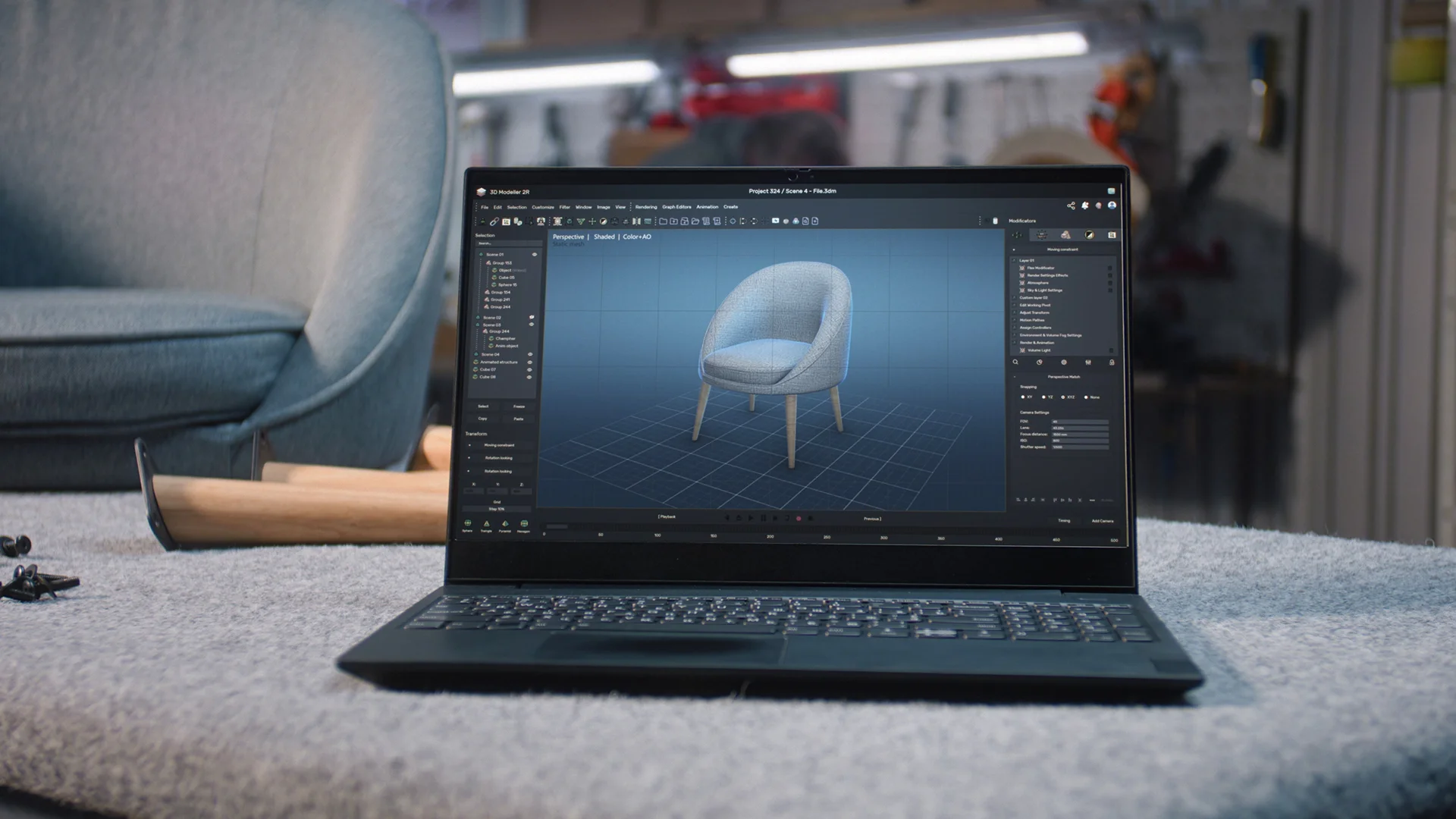
The Future of Woodworking
Increased Automation and AI
The future of woodworking promises even greater levels of automation, with robots and intelligent machines taking on repetitive tasks. Artificial Intelligence (AI) will play a crucial role in optimizing designs, predicting material usage, and improving overall efficiency.
Nanotechnology and Biotechnology
Nanotechnology can enhance wood coatings, making them more durable, water-resistant, and UV-protective. Biotechnology, on the other hand, may lead to the development of modified wood with improved properties like strength, weight, and sustainability.
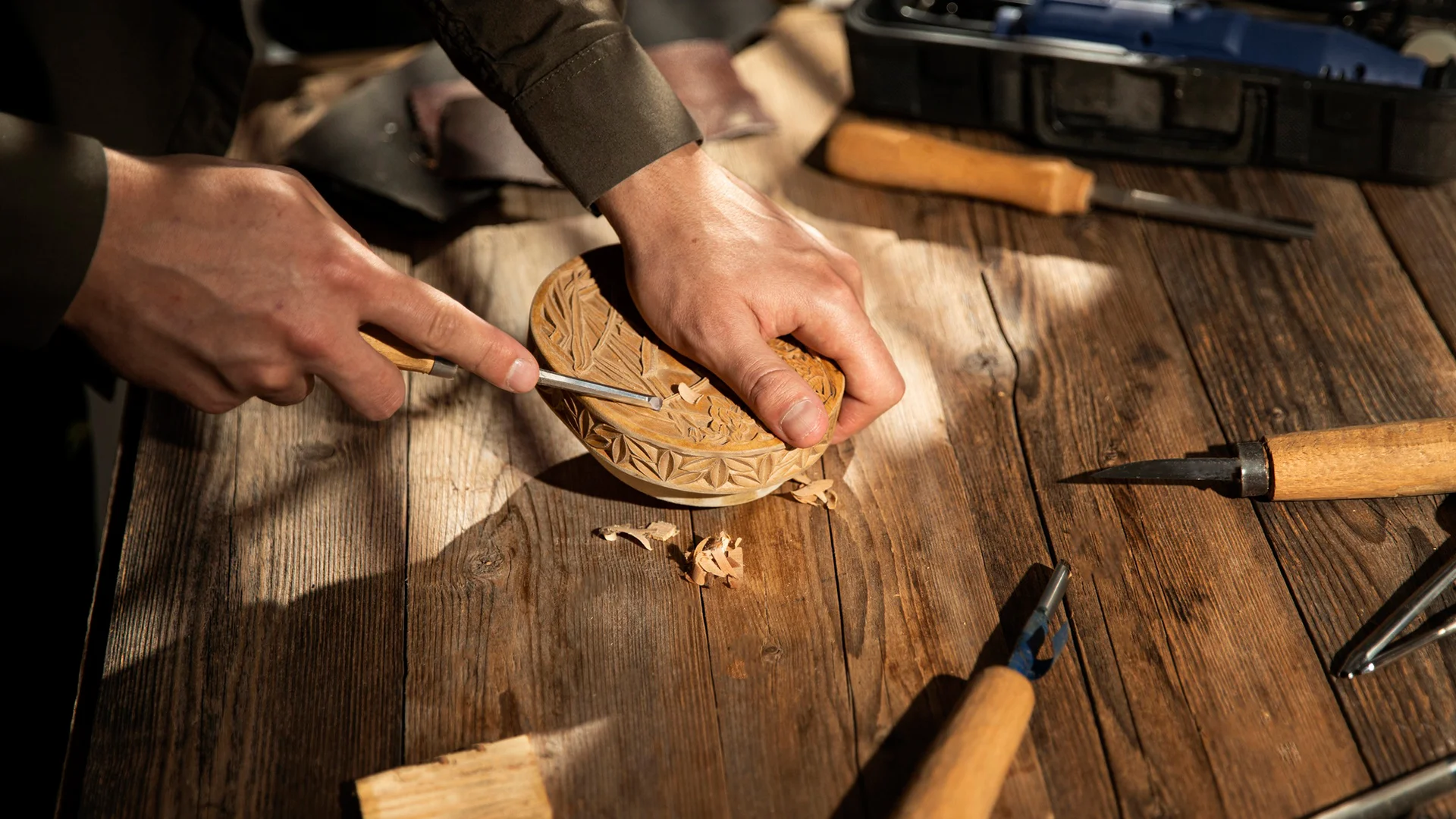
The Revival of Artisanal Craftsmanship
In a world dominated by mass production, there’s a growing appreciation for handcrafted, artisanal woodworking. Techniques like live-edge designs and intricate hand-carved details are making a strong comeback. These unique pieces offer a sense of authenticity and individuality, appealing to those who value craftsmanship and natural beauty.
Conclusion
As technology and sustainability reshape woodworking, the future of the craft shines bright. Organizations like the Architectural Woodwork Institute (AWI) play a vital role, setting standards and promoting excellence. By embracing innovation and pursuing AWI certification, woodworkers are pushing the boundaries of what’s possible while honoring tradition. This exciting convergence of technology, sustainability, and craftsmanship ensures a dynamic future for woodworking, driven by those passionate about wood and its endless possibilities.
Recent Post
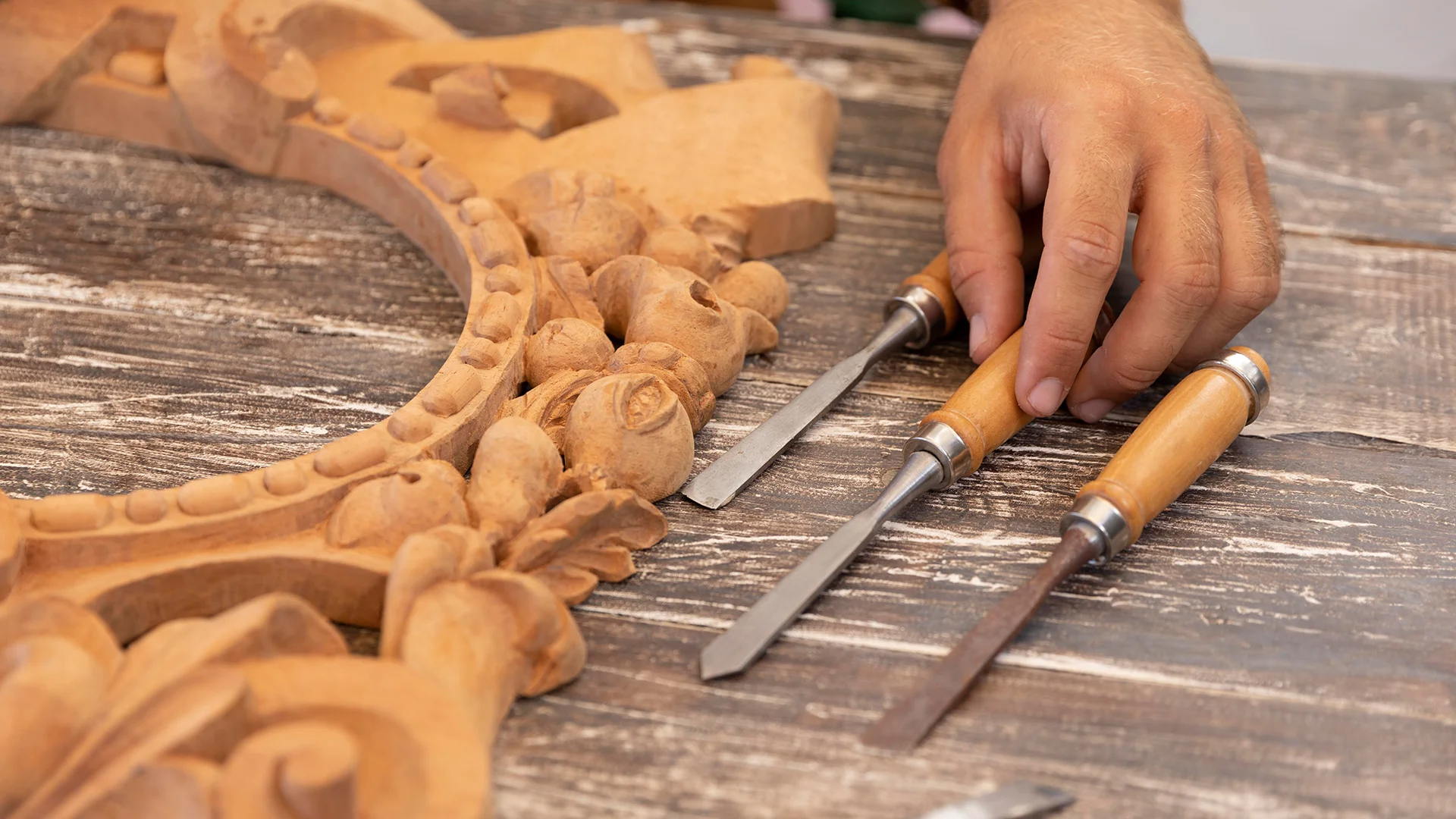
Wood for Woodworking: Expert Tips to Maximize Quality and Craftsmanship
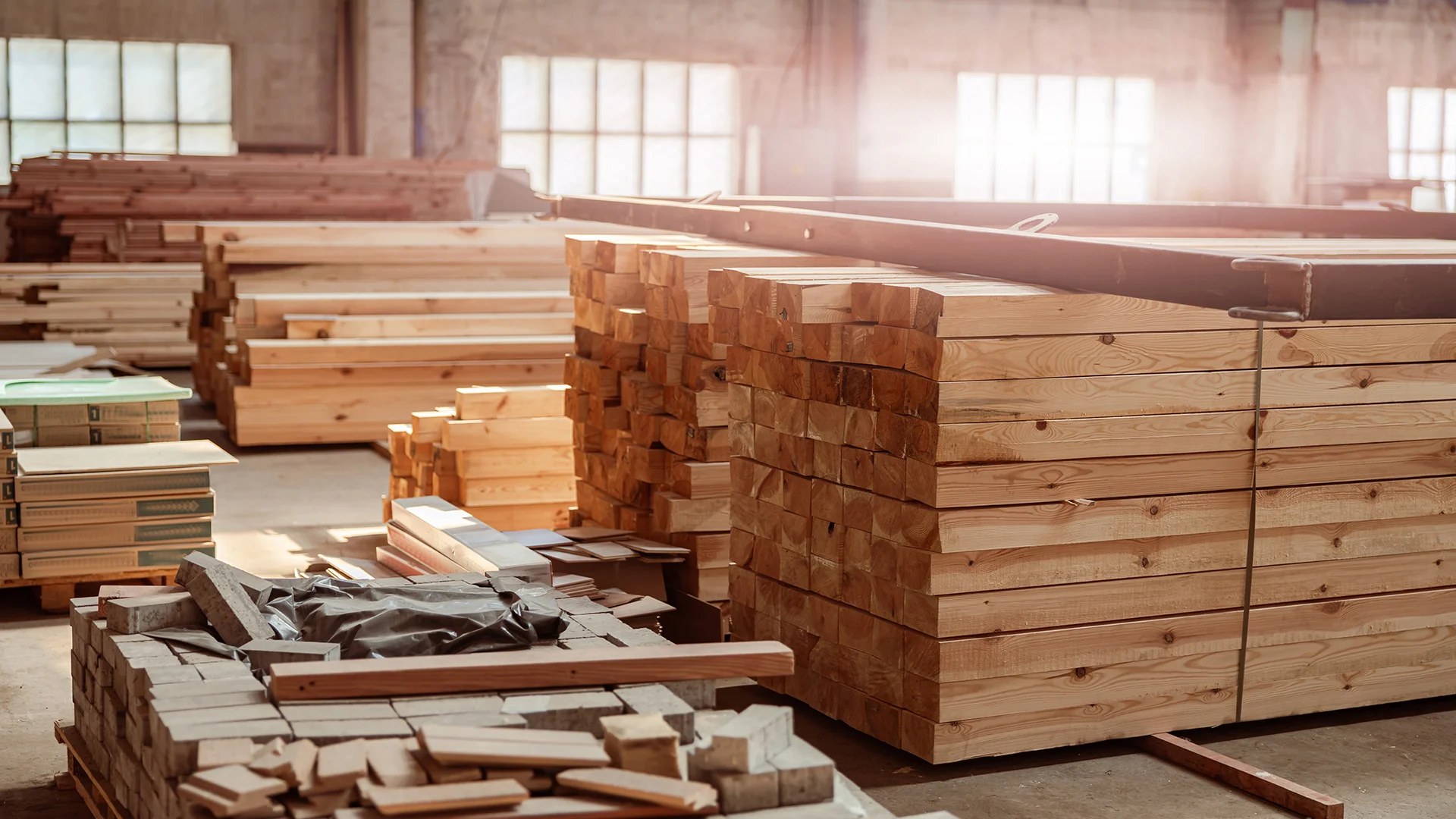
The Ultimate Glossary of Woodworking Terms to Level Up Your Craft

Woodworking Logos: The Do’s and Don’ts for a Timeless Design
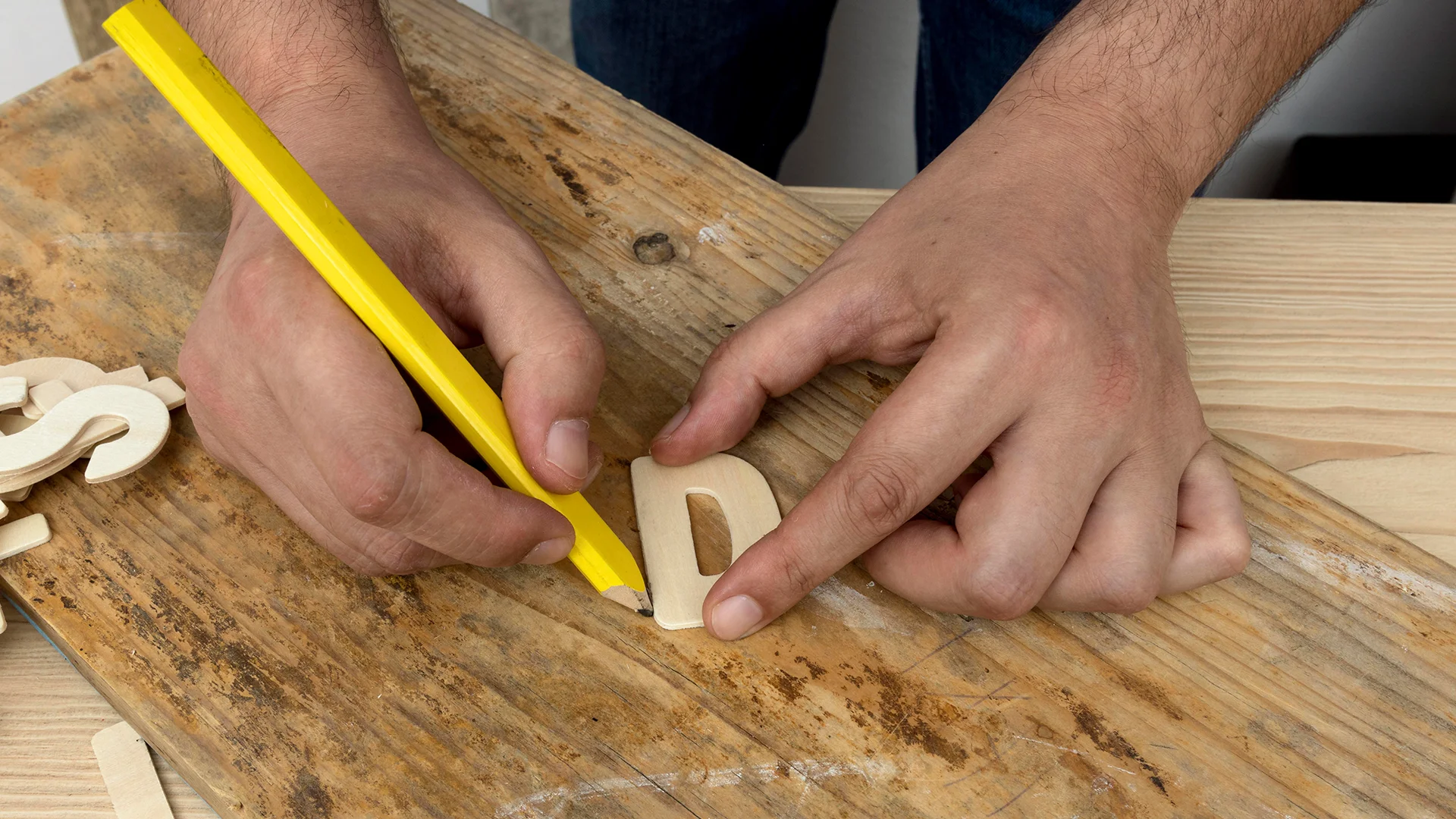
Woodworking Business Names That Sell: Secrets of Branding Pro
